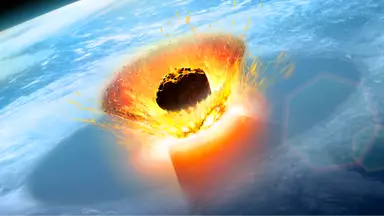A study has detailed why there are at least three asteroids which pose a potential threat to Earth and why current observation stations aren’t adequate in stopping them.
A study – titled The Invisible Threat: Assessing the Collisional Hazard Posed by the Undiscovered Venus Co-Orbital Asteroids – has revealed there are a bunch of co-orbital asteroids of Venus which could pose a threat to Earth.
The research – co-authored by Valerio Carruba and colleagues at São Paulo University – explains there are ’20 co-orbital asteroids of Venus’ which are ‘currently known’ about but while their ‘co-orbital status protects’ them from ‘close approaches to Venus,’ the same can’t be said when it comes to them ‘encountering Earth’.
So, in order to figure out just how many pose a risk and to what extent, the study investigated how detectable the asteroids really are both from Earth and space observatories and how predictable they subsequently are.
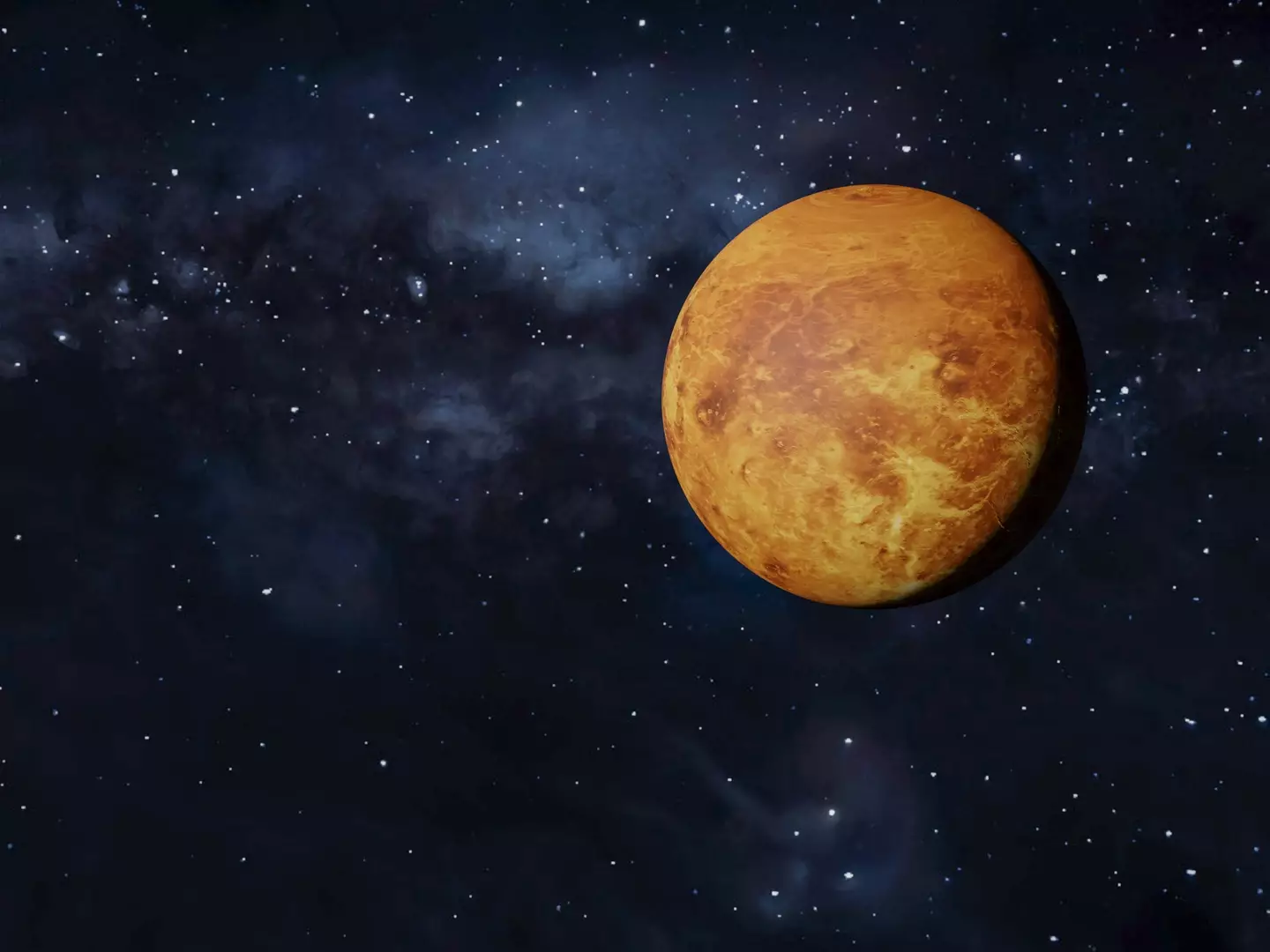

The study looked at co-orbital asteroids of Venus (Getty Stock Images)
The study’s assessment of the possible threat of Venus co-orbitals to Earth
The study revealed there are currently only ‘twenty co-orbital asteroids of Venus’ which are ‘currently known’ about but many others remain unable to be seen with the current gear being used to monitor space.
Many near-Earth asteroids (NEAs) have been tracked for decades however, co-orbital asteroids of Venus are harder to locate and that can make them more unpredictable.
But what makes an asteroid potentially hazardous to Earth? Well, ‘a Potentially Hazardous Asteroid (PHA) must have a minimum diameter of about 140 meters and come within 0.05 astronomical units (au) of Earth’s orbit,’ the study explains.
The study used analytical models and simulations to identify how many of Venus’ co-orbital asteroids may pose a threat to Earth and subsequently be considered PHAs and assess how easily they’ll be able to be detected from Earth.
But what did it find?
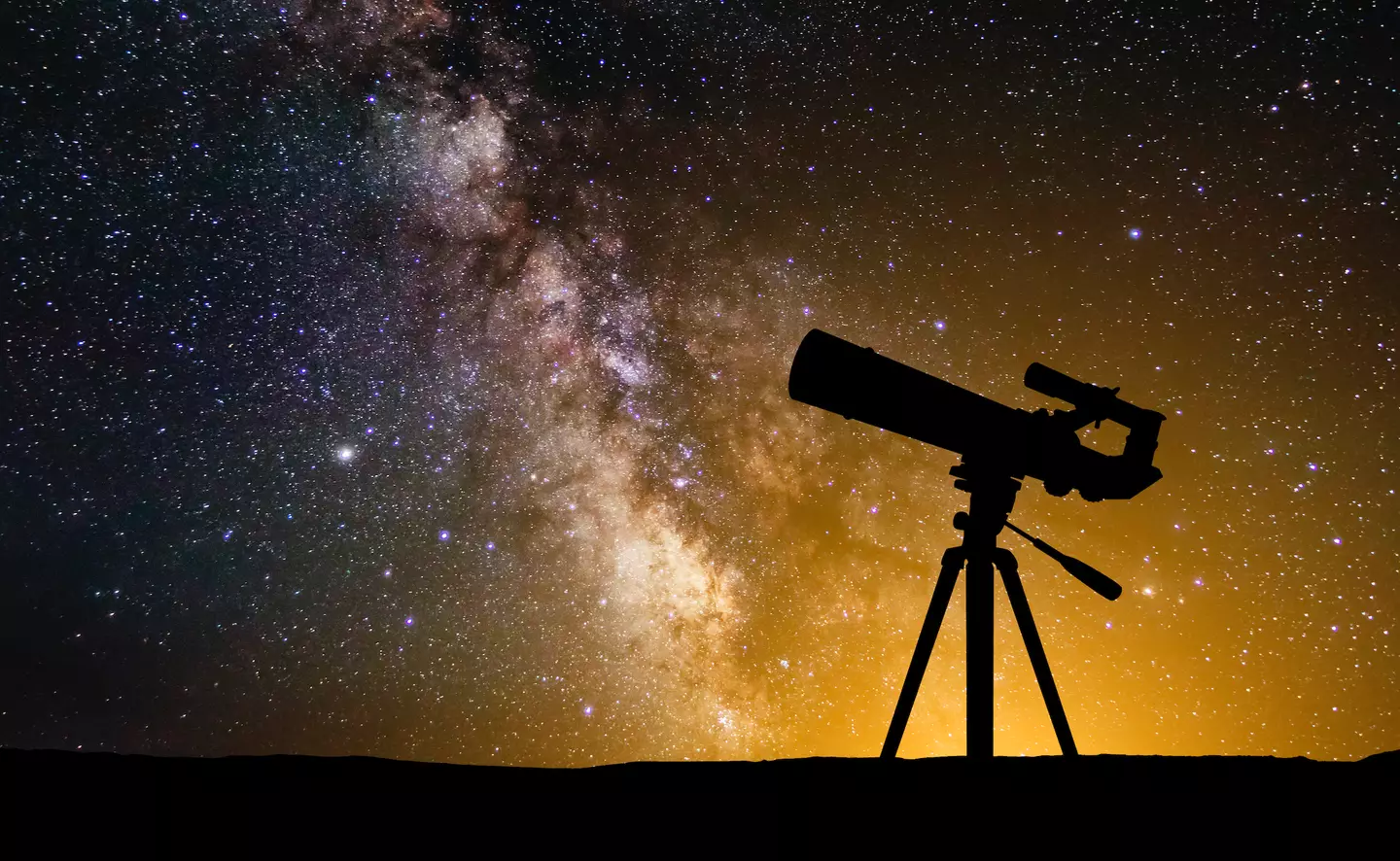

Current observations may not be able to fully assess the threat of the asteroids (Getty stock Images)
Why at least three of Venus’ co-orbital asteroids pose a threat to Earth
The study ‘identified six co-orbital asteroids that can become PHAs in the next ≃12000 years’ and there is ‘a range of orbits with e<0.38, larger at lower inclinations, for which Venus’ co-orbitals can pose a collisional hazard to Earth’.
And three asteroids in particular – ‘2020 SB, 524522, and 2020 CL1’ – were identified as posing the greatest current threat to Earth.
They were identified as having a Minimum Orbital Intersection Distance (MOID) – which is the distance between the closest points of two objects’ orbits – with Earth of less than 0.0005 au’.
The asteroids are predicted as having diameters of 330, 300 and 390 meters.
‘Assuming a density of 1,200 kg/m3′ alongside the ‘impact angle,’ the study predicts – should the asteroids hit Earth – they would do so at a velocity of 11.2 km/s.
The study continued: “And impacts on sedimentary rocks, these objects could form craters with diameters from 2.2 to 3.4 Km, and release energies at impact from 1.5 to 4.1×102 Megatons TNT, which is more than enough to destroy large cities.
“This corresponds to a level eight in the Torino scale, i.e., a collision capable of causing localized destruction for an impact over land or possibly a tsunami if close offshore.”
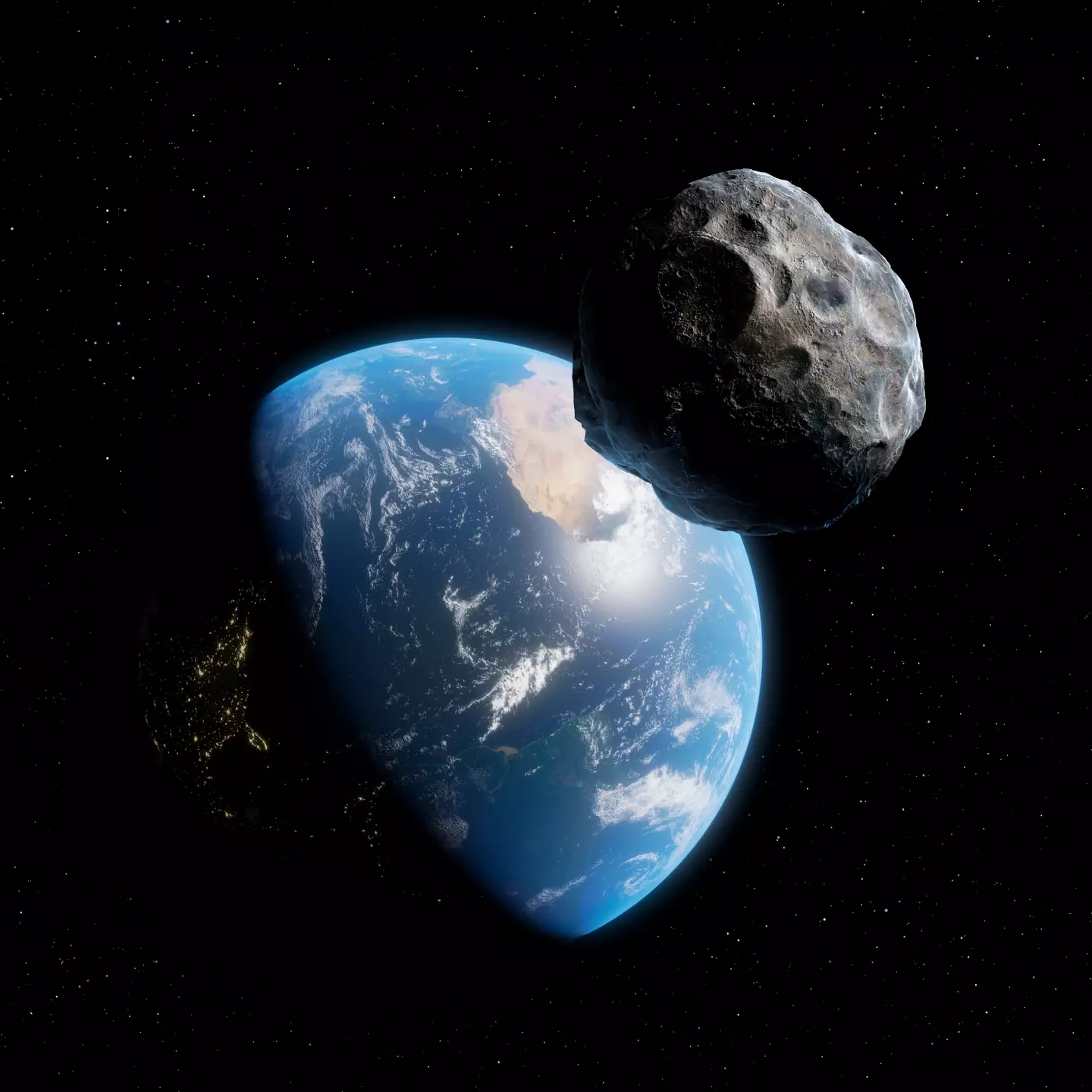

The asteroids could do a lot of damage (Getty Stock Images)
Suggestions for future to better protect Earth from Venus’ co-orbital asteroids
The study explains ‘a single telescope mission’ still may not help much as ‘sky coverage may be limited’ and ‘NEAs and PHAs may be observable for limited times and geometries, so limiting the accuracy of the possible retrieved orbit’.
The study states: “The recent discovery of the PHA 2024 YR4, an asteroid that reached the highest ever impact probability for an asteroid larger than 20 meters and is a potential “city-killer” showed that there are still undetected asteroids in the inner Solar System with the potential to cause significant damage to Earth.
“Among these, low-e Venus’ co-orbitals pose a unique challenge, because of the difficulties in detecting and following such objects from Earth.
“While surveys like those from the Rubin Observatory may be able to detect some of these asteroids in the near future, we believe that only a dedicated observational campaign from a space-based missions near Venus […] could potentially map and discover all the still ‘invisible’ PHA among Venus’ co-orbital asteroids.”
The study suggests a ‘Venus-based observer’ would better help protect Earth from any such asteroids in how it would help provide ‘consistent opportunities for detecting and tracking co-orbital objects’.
“Though still subject to fundamental visibility constraints due to solar elongation limits,” it added.
Featured Image Credit: MARK GARLICK/SCIENCE PHOTO LIBRARY/Getty
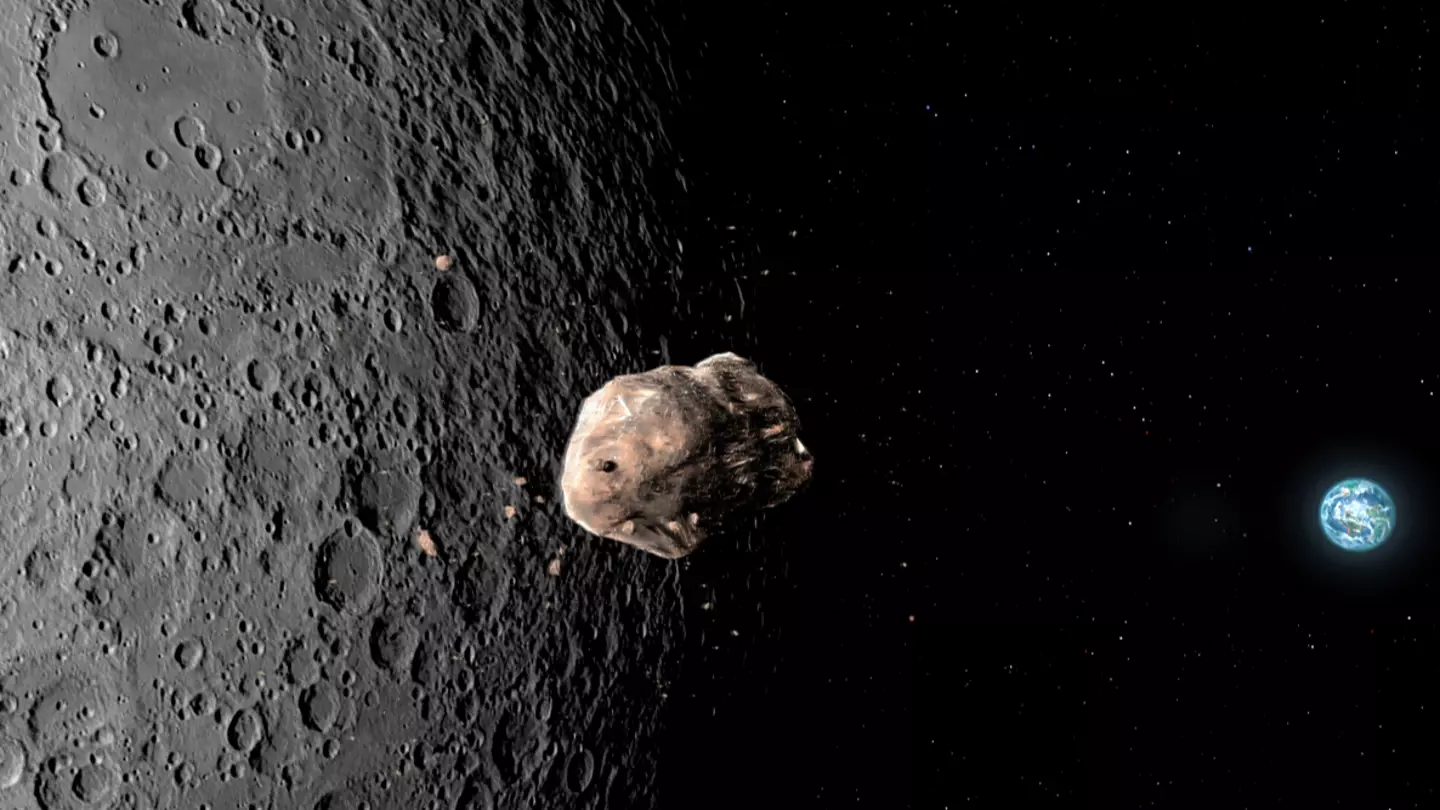

An expert has revealed the impact it would have on us if the ‘city destroying’ asteroid ‘2024 YR4’ hit the Moon instead of our planet.
Earlier this month, scientists over at NASA increased the likelihood of Asteroid 2024 YR4 colliding from 1.2 percent to 2.3 percent.
Experts say the asteroid could come plummeting into the Earth on December 22, 2032.
Reports suggest it could be as big as the Statue of Liberty, so it’s important scientists tread carefully when it comes to how’s best to approach things.
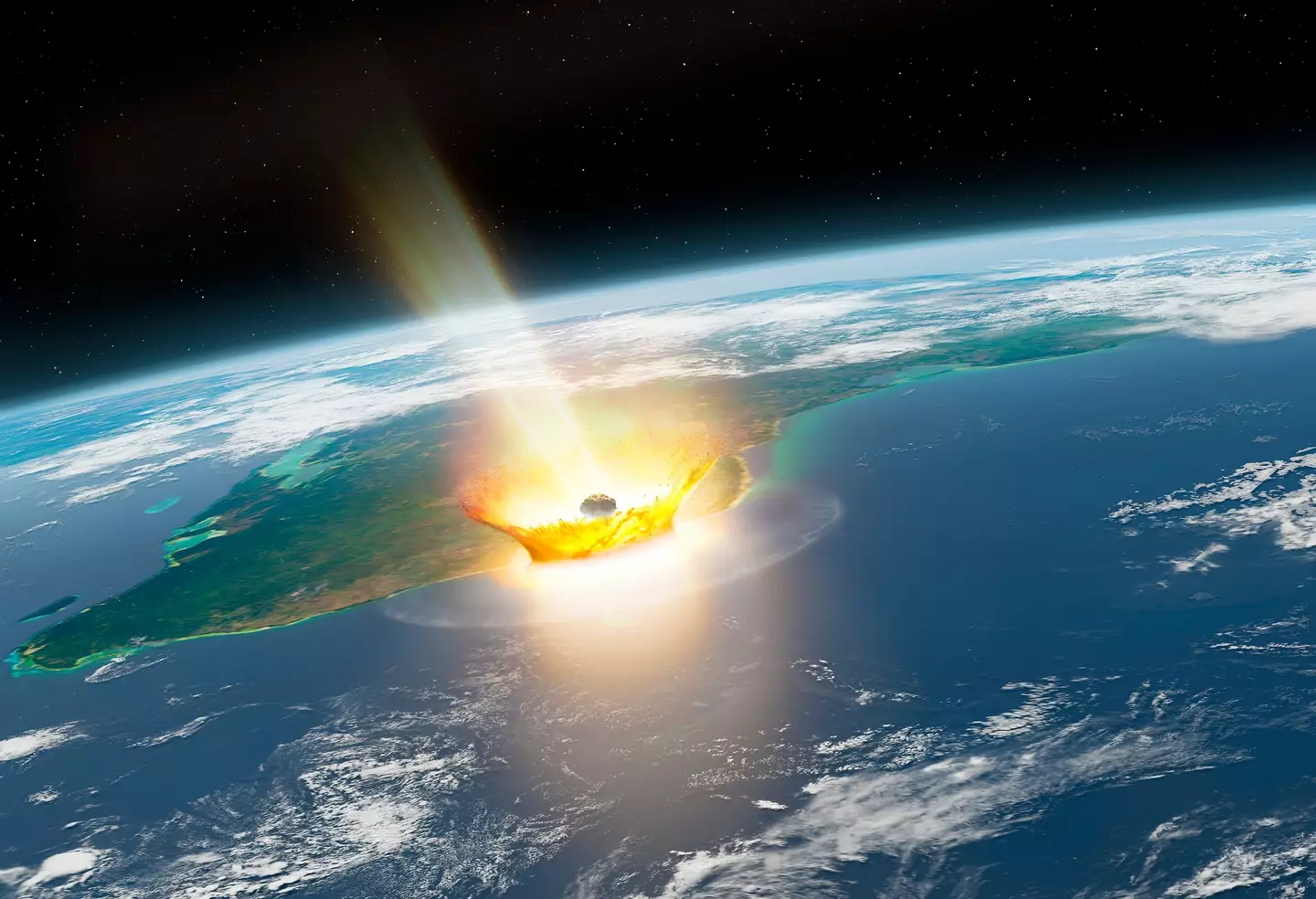

The ‘city destroyer’ may hit in just under eight years (Getty Stock Photo)
But scientists have now also warned there’s a chance 2024 YR4 could collide with the Moon.
David Rankin, who works as an operations engineer for the University of Arizona’s Catalina Sky Survey, has said there’s a 0.3 percent chance the asteroid could hit the Moon.
And if that unlikely collision was to occur, the impact it would have on us is actually minimal.
“There is the possibility this would eject some material back out that could hit the Earth, but I highly doubt it would cause any major threat,” Rankin told New Scientist.
While Gareth Collins, of Imperial College London, added: “We would be quite safe on Earth. Some small ejecta fragments might reach Earth, but [would be] totally harmless.”
These would ultimately burn up in the atmosphere, according to the expert – meaning no harm done for us on Earth.
Meanwhile, Dr Robin George Andrews previously warned that even protecting ourselves from the asteroid’s impact could go wrong.
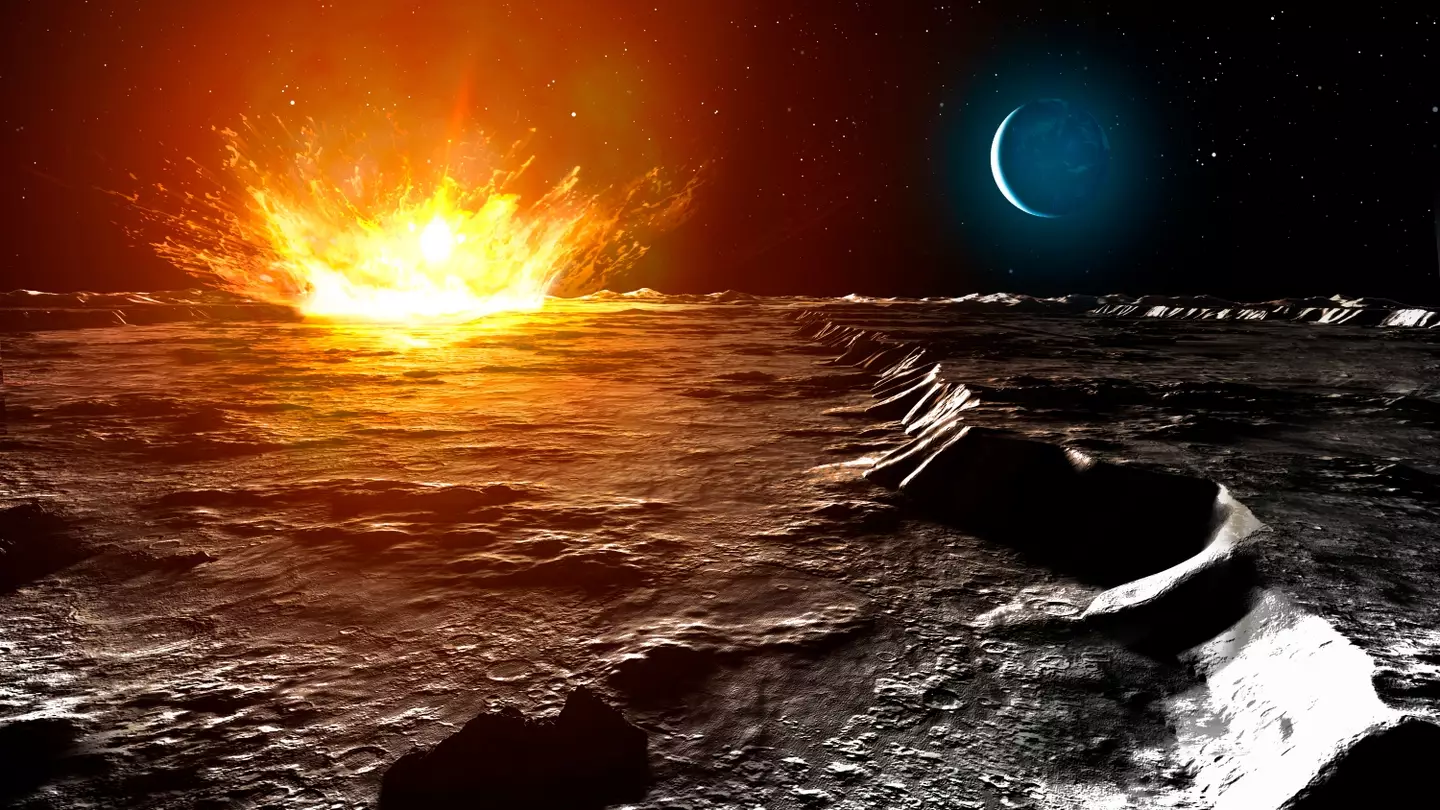

There’s a chance the asteroid could collide with Earth (Getty Stock Photo)
On Twitter, the expert referred to the Double Asteroid Redirection Test (DART), a mission dedicated to investigating and demonstrating one method of asteroid deflection by changing an asteroid’s motion in space through kinetic impact.
“Nobody wants to accidentally ‘disrupt’ an asteroid, because those components can still head for Earth. As I often say, it’s like turning a cannonball into a shotgun spray,” Andrews said.
“But we aren’t going to see it again until another Earth flyby in 2028. So much could go wrong if we try and hit it with something like DART.
“It may be smaller, or larger. If it’s too big, we may not be able to deflect it with one spacecraft. We’d need several to hit it perfectly, all without catastrophically breaking it.”
As for where it’ll hit the Earth, Rankin mapped out a ‘risk corridor’, predicting it to collide anywhere around northern South America, across the Pacific Ocean, southern Asia, the Arabian Sea, and Africa.
That would mean that India, Pakistan, Bangladesh, Ethiopia, Sudan, Nigeria, Venezuela, Colombia, and Ecuador would be at risk of taking the brunt of the impact.
Featured Image Credit: Getty Images/MARK GARLICK/SCIENCE PHOTO LIBRARY

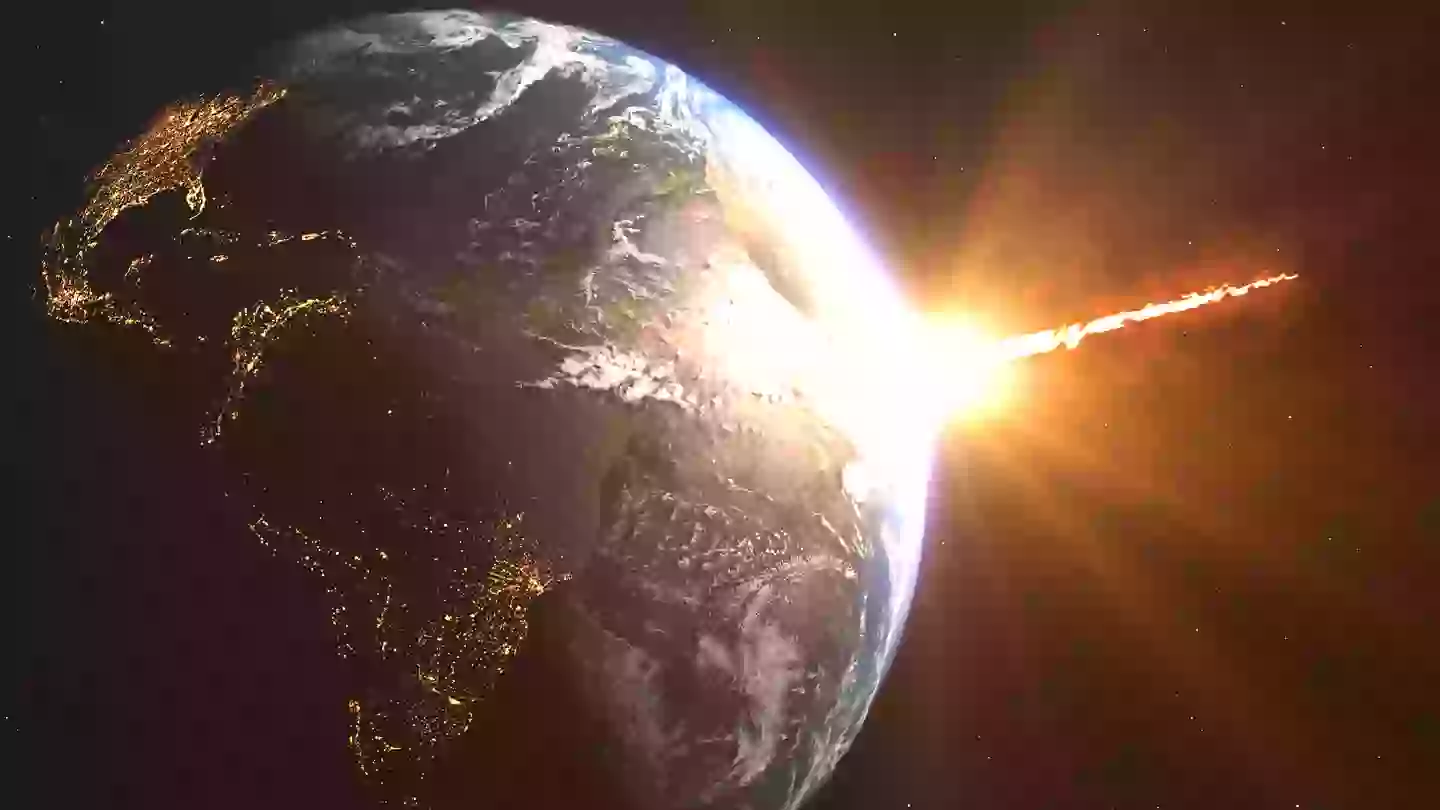
NASA has officially upgraded the chances of the ‘city-destroying’ asteroid hitting Earth in just seven years from now.
Scientists say the much-talked about Asteroid 2024 YR4 could come crashing into the Earth on December 22, 2032, and the damages could be costly.
Reports suggest it could be as big as the Statue of Liberty, so it’s important scientists tread carefully when it comes to how best to approach things.
As for where it could hit Earth, David Rankin, who works as an operations engineer for the University of Arizona’s Catalina Sky Survey, is predicting it to collide anywhere around northern South America, across the Pacific Ocean, southern Asia, the Arabian Sea, and Africa.
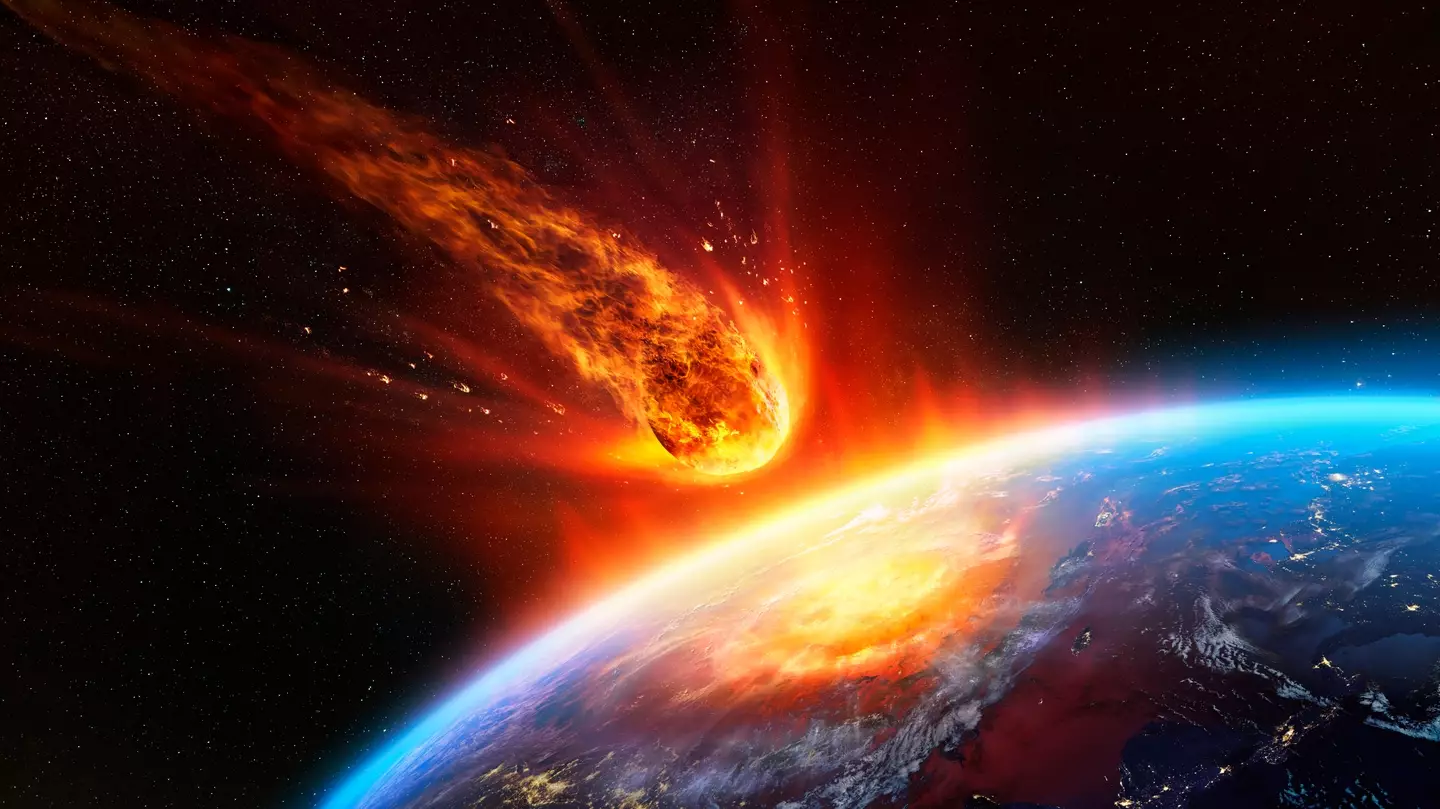

The asteroid could hit Earth in seven years (Getty Stock Photo)
That would mean that India, Pakistan, Bangladesh, Ethiopia, Sudan, Nigeria, Venezuela, Colombia, and Ecuador would be at risk of taking the brunt of the impact.
Now we know where the asteroid could hit, what are the chances it will actually could plummeting down onto our planet in 2032?
Well, the possibility is seemingly increasing by the week.
Earlier this month, scientists over at NASA increased the likelihood of Asteroid 2024 YR4 colliding from 1.2 percent to 2.3 percent.
And now, the space agency has quietly upped the chances further to 2.6 per cent, which is a 1-in-38 chance.
Nasa’s Center for Near Earth Object Studies ranks the asteroid at a three on the Torino Scale, which combines the likelihood of an impact alongside the danger it would cause, according to the Independent.
10 on the scale would result in a devastating impact globally, similar to the one that wiped out the dinosaurs.
There’s even a 0.3 percent chance the asteroid could hit the Moon.
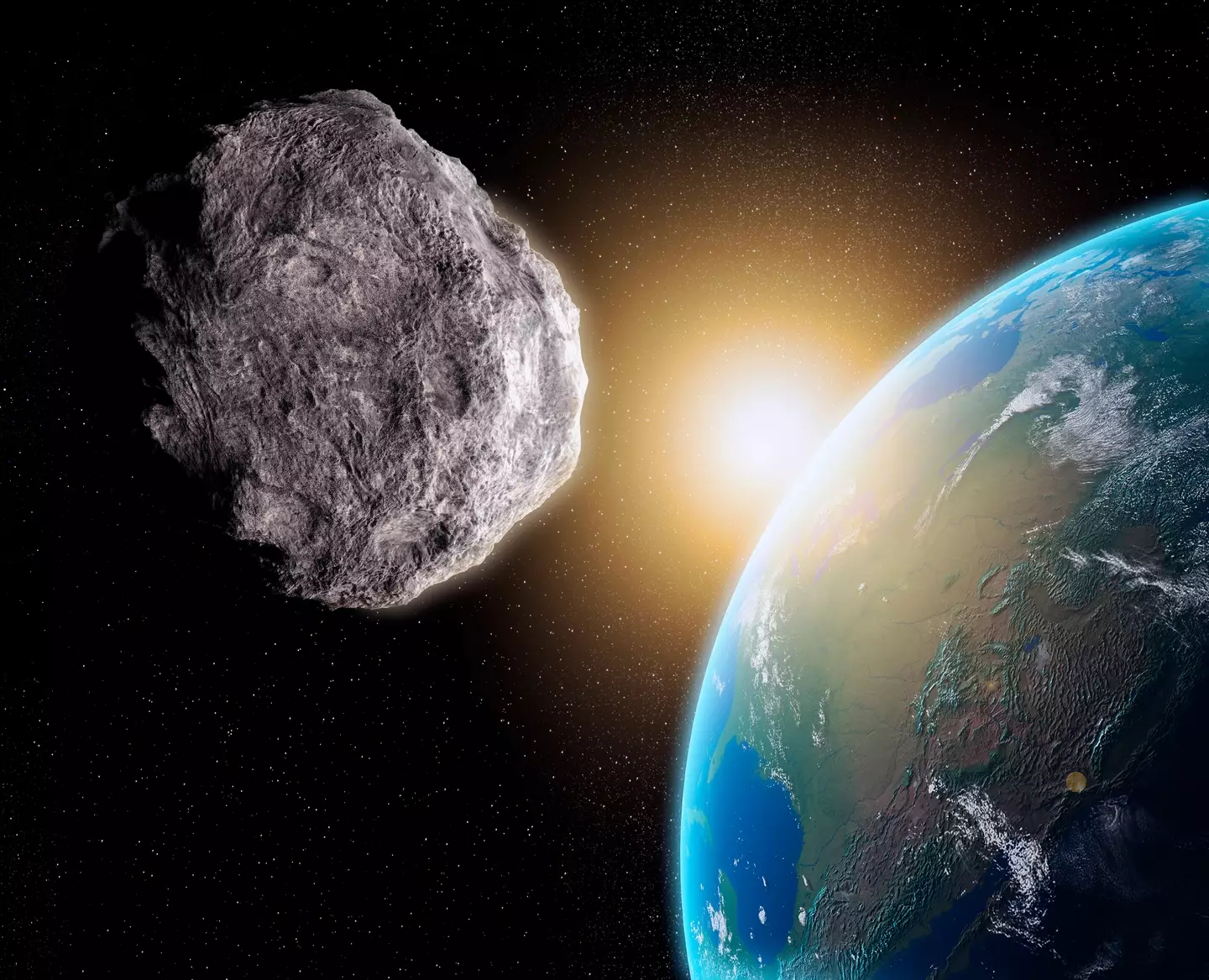

NASA has upgraded the possibility of the asteroid hitting Earth (Getty Stock Photo)
And if that unlikely collision was to occur, the impact it would have on us is actually minimal.
“There is the possibility this would eject some material back out that could hit the Earth, but I highly doubt it would cause any major threat,” Rankin told New Scientist.
Gareth Collins, of Imperial College London, added: “We would be quite safe on Earth. Some small ejecta fragments might reach Earth, but [would be] totally harmless.”
These ‘fragments’ would ultimately burn up in the atmosphere, according to the expert – meaning no harm done for us on Earth.
The Double Asteroid Redirection Test (DART), a mission dedicated to investigating and demonstrating one method of asteroid deflection by changing an asteroid’s motion in space through kinetic impact, is primarily being used to help experts better understand the asteroid.
Featured Image Credit: Getty Stock Images
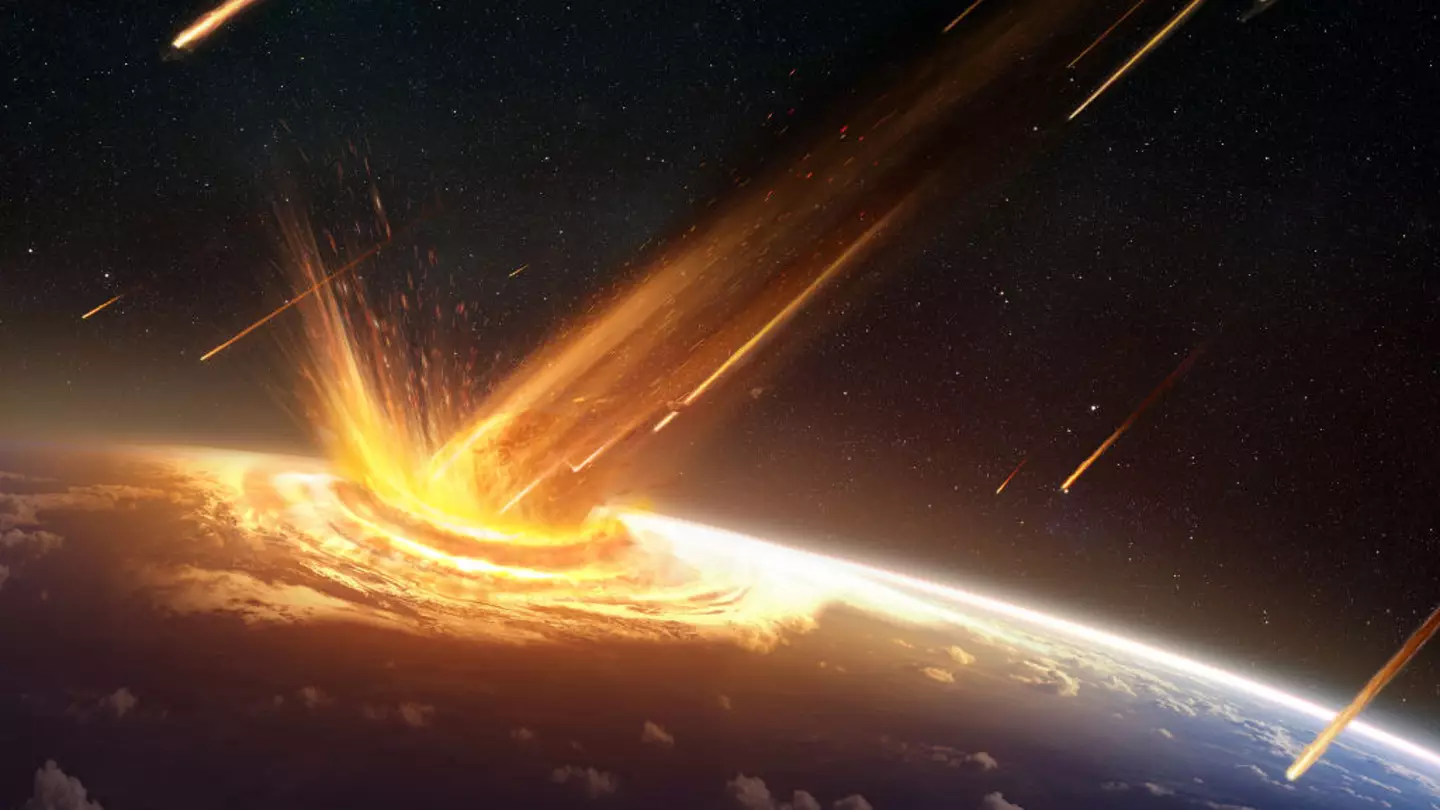

An Earth destroying asteroid that is set to pummel our planet in the upcoming years has had its collision path revealed.
We are always hearing about major events that are likely to destroy our tiny planet, but this one is probably one of the scariest of them all.
According to reports, it is supposed to be as big as the Statue of Liberty, so this ‘2024 YR4‘ space rock isn’t something you’d like to encounter.
While it was initially spotted in December, scientist Dr Robin George Andrews warned that even protecting ourselves from its impact could go wrong.
He explained that firing rockets at it to deflect it from its path could spark the end times.
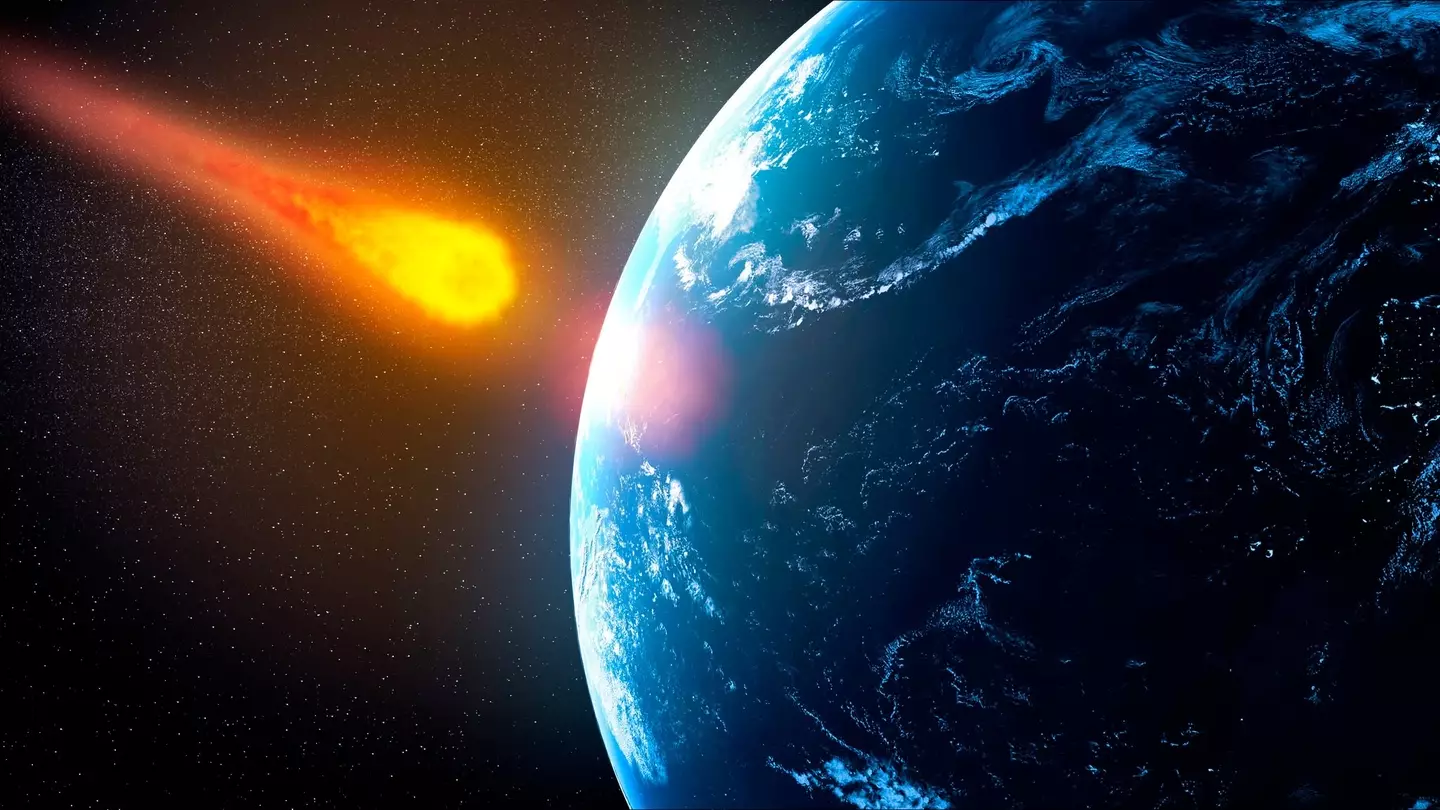

The asteroid is set to plummet into Earth in the next decade (Getty Stock Image)
On X, he referred to the Double Asteroid Redirection Test (DART), the first mission dedicated to investigating and demonstrating one method of asteroid deflection by changing an asteroid’s motion in space through kinetic impact.
He explained that it was a successful mission, but ‘it doesn’t mean we can use kinetic impactors like it to deflect any asteroid whenever we want’.
Andrews said: “Nobody wants to accidentally ‘disrupt’ an asteroid, because those components can still head for Earth. As I often say, it’s like turning a cannonball into a shotgun spray.
“But we aren’t going to see it again until another Earth flyby in 2028. So much could go wrong if we try and hit it with something like DART.
“It may be smaller, or larger. If it’s too big, we may not be able to deflect it with one spacecraft. We’d need several to hit it perfectly, all without catastrophically breaking it.”
He continued: “And with only a few years down the line, we could accidentally deflect it — but not enough to make it avoid the planet. Then, it still hits Earth, just somewhere else that wasn’t going to be hit.


2024 YR4’s path could devastate a large chunk of our planet (Getty Stock Image)
“Maybe 2024 YR4’s odd will rise, and we will successfully deflect it in 2028 using a monster-sized spacecraft. Or maybe we’ll break an awkward taboo and instead opt to use a nuclear warhead to try to deflect it, which would provide a bigger punch to the asteroid than DART.”
Instead, he said we should evacuate.
As for where it’ll go, David Rankin, an engineer with NASA’s Catalina Sky Survey Project, mapped out a ‘risk corridor’, predicting it to collide anywhere around northern South America, across the Pacific Ocean, southern Asia, the Arabian Sea, and Africa.
That would mean that India, Pakistan, Bangladesh, Ethiopia, Sudan, Nigeria, Venezuela, Colombia, and Ecuador would be at risk for taking the brunt of the impact.
Astronomers also believe that 2024 YR4 would create a mid-air explosion after colliding with us, which would be around 8 million tons of TNT, and affect a 50 kilometer radius around the site.
NASA has also allocated an international team of astronomers to use the James Webb Space Telescope so that we can know more about its dimensions.
So, we would know just how bad it would hurt us when it hits.
Horrifyingly, NASA predicts that it’ll collide with Earth in 2032, with a one-in-43 chance of landing.
Featured Image Credit: Getty Stock Image
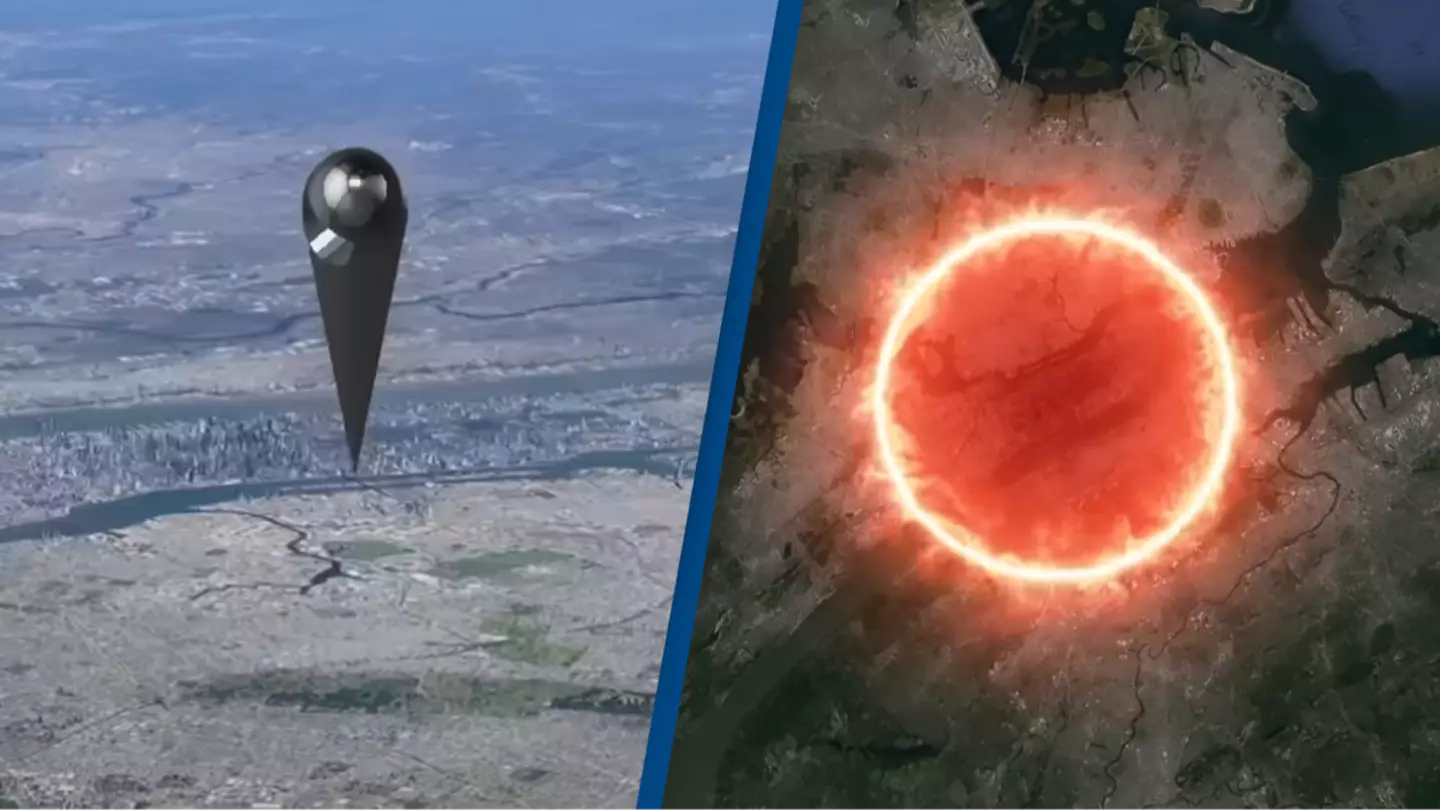

Ever wondered what would happen if a needle was to barrel into the Earth at the speed of light?
Me neither, but apparently some people have, and one even went as far as creating a simulation to show what it might look like.
The video has been created by YouTuber Ridddle, who has racked up millions of subscribers by sharing videos which educate people about real-life situations, or, as in this case, offer answers to various bizarre and concerning hypothetical questions.


Ridddle’s videos offer insights to the past and future of the Earth (Getty Stock Photo)
Ridddle’s videos include insights to what the world was likely like before dinosaurs roamed around and just how devastating humanity’s last-ever war could be.
However, the video we’re discussing today is one that questions, ‘What If a Needle Hits the Earth at the Speed of Light?’
It’s not necessarily a situation we need to worry about – we’d need someone to drop a needle from the edge of the atmosphere, and for that needle to start traveling VERY fast first – but I suppose we can’t rule anything out.
The video poses that a small sewing needle gets up to the speed of light and demonstrates what would happen if it then collided with the Earth.
Now, for full disclosure, it’s worth noting that because this probably won’t ever happen, there is no one sure outcome that will happen. Instead, there are a few possibilities of what could go down, with vastly different consequences.
According to Ridddle, the most likely option is a pretty devastating one.


Who knew a needle could do so much damage? (Getty Stock Photo)
Even a sewing needle measuring just 35mm could cause significant damage if moving at an absurdly high speed, resulting in damage similar to that caused by the so-called ‘Fat Man’ bomb that was dropped on Nagasaki, Japan, in 1945.
The impact would cause total and utter destruction to wherever it lands and the surrounding area. However, that isn’t even the most disastrous possibility.
One other potential outcome is that the needle would not explode on impact, but would instead seep into the Earth’s crust and create a hole that allows plasma to engulf the Earth in insurmountable heat.
As a result, every living thing on Earth would die before the planet itself gets torn apart and eviscerated.
That’s a cheery thought for the festive season!
Thankfully, there is one other possibility – one which we could actually survive.
The third and final potential outcome of a needle hitting the Earth at the speed of light is that, due to its shape and speed, the needle could theoretically fly straight through one side of the Earth and out the other with minimal effects on the world at large.
I guess let’s just hope that if a needle ever does manage to make its way up to the speed of light, we land on the third outcome rather than any of the others.
